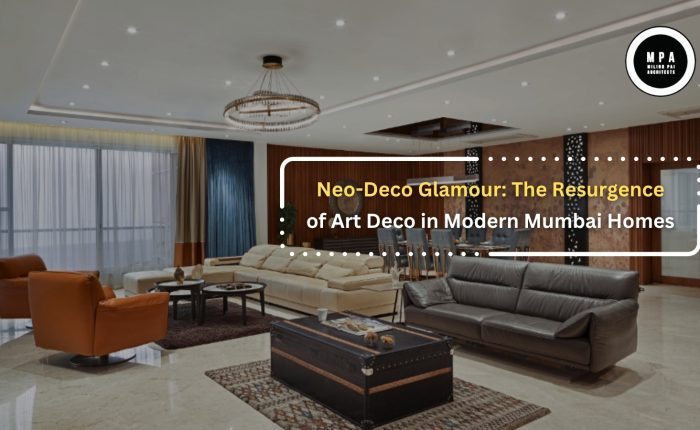Interior design, as an art and science, has undergone a remarkable transformation through the centuries. Each era has left its mark, reflecting the societal values, technological advancements, and artistic sensibilities of the time. The journey from classical to contemporary styles offers a fascinating glimpse into how design has evolved to suit changing needs and aesthetics.
Classical Design: Elegance and Grandeur
The roots of interior design can be traced back to the classical styles of ancient Greece and Rome. These designs emphasized symmetry, proportion, and grandeur.
- Key Features: Columns, ornate moldings, and high ceilings defined classical interiors. Rich materials such as marble and bronze were common, reflecting wealth and sophistication.
- Inspiration: Mythology and nature heavily influenced motifs, with designs often incorporating acanthus leaves, laurel wreaths, and Greek key patterns.
During the Renaissance, classical elements were revived and refined, leading to a surge in decorative arts. The Baroque and Rococo periods followed, marked by extravagant details, gold accents, and a theatrical flair.
Victorian and Industrial Influences
The 19th century brought the Victorian era, characterized by opulence and eclecticism.
- Victorian Style: Heavy drapery, patterned wallpapers, and dark woods were hallmarks of this period. Interiors were layered with textures, colors, and a mix of furniture styles.
- Industrial Revolution: Advancements in manufacturing introduced mass-produced furniture and materials, making interior design accessible to a broader audience. Iron and steel began to appear in furnishings, blending functionality with style.
Modernism: Simplicity and Functionality
The early 20th century marked a dramatic shift with the rise of modernism. This movement rejected ornamentation in favor of simplicity, clean lines, and practicality.
- Bauhaus and Minimalism: The Bauhaus school emphasized the union of form and function. Designs focused on usability, featuring geometric shapes and neutral colors. Minimalism emerged as a response to clutter, advocating for “less is more.”
- Art Deco: While modernism favored simplicity, Art Deco celebrated luxury with bold geometric patterns, mirrored surfaces, and glamorous materials like chrome and glass.
Mid-Century Modern: Timeless Appeal
The post-World War II era gave birth to mid-century modern design, which continues to be a favorite today.
- Defining Features: Organic shapes, tapered legs, and the use of materials like teak, leather, and fiberglass defined this style. It embraced open floor plans and large windows to connect interiors with the outdoors.
Contemporary Design: Versatility and Innovation
Contemporary design is not a single style but a dynamic approach that incorporates trends and technologies.
- Key Elements: Neutral palettes, natural materials, and sustainable practices dominate contemporary interiors. Clean lines are combined with textured accents to create warmth and depth.
- Technology Integration: Smart homes and eco-friendly innovations have become integral, offering convenience without compromising aesthetics.
The Future of Interior Design
As we move forward, interior design continues to evolve, blending the best of past styles with modern innovations. From sustainable materials to biophilic design, the focus is shifting towards creating spaces that prioritize well-being and environmental harmony.
Final Thoughts
The evolution of interior design reflects humanity’s journey through time—our changing priorities, aspirations, and creativity. From the grandeur of classical designs to the sleek sophistication of contemporary spaces, every era tells a unique story. Today, interior design celebrates this rich heritage while embracing the possibilities of the future.
From Concept to Creation, Our Interior Designers Are Here to Make Your Dream Space a Reality. Call on +91 22 26732274 /+91 8082320002 / +91 22 49635698 and Get in Touch!



